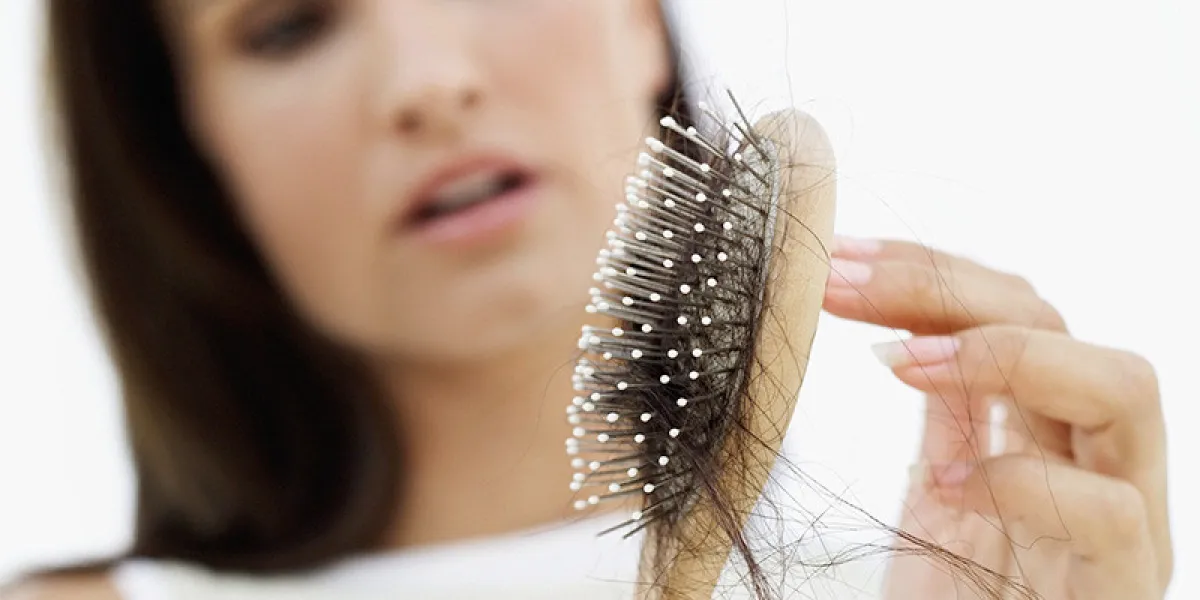Hair loss can occur unexpectedly: one minute all strands are reporting for duty, and the next, your ponytail is half the size, with a bald spot. And, with so many possible reasons of hair loss, figuring out why yours is falling out, much alone what to do about it, may be time-consuming and stressful.
According to the American Academy of Dermatology, it is typical to shed between 50 and 100 hairs every day. Anything more than that may suggest that your body is triggering a flare. The ageing process undoubtedly contributes to changes in the hair growth cycle, such as slowing down the rate at which it grows, but rarely functions as the only cause of significant hair loss.
So, outside age, what other causes can cause substantial hair thinning? In this Women’s Week exclusive article, we will explain the most prevalent underlying causes of hair loss in women.
1. Genetics

Androgenetic alopecia is the most prevalent cause of hair loss worldwide, according to the AAD. The illness, known as “female pattern hair loss” among those who are assigned female at birth, is a hereditary issue caused by a combination of genetic and hormonal factors. People with this condition have inherited genes that make them more sensitive to androgens, which are the hormones that regulate hair growth. Androgens are commonly referred to be “male” sex hormones, despite the fact that everyone generates some amount of them.
Some researchers believe that one of these hormones, DHT, binds to androgen receptors in hair follicles, overstimulating them. Over time, the follicles gradually shrink, causing the affected hair to become finer and shorter with each growth cycle, eventually leading to a reduction in hair density, or the number of strands per square inch of scalp. The growth phase also shortens, so you may notice an increase in shedding and strands that do not grow as long as they used to.
According to the AAD, a broader part is one of the first noticeable indicators of hereditary hair loss in those who are assigned female at birth. As the illness worsens, you may notice extensive thinning, however the frontal hairline (which lines your forehead) normally remains intact.
2. Intense Stress
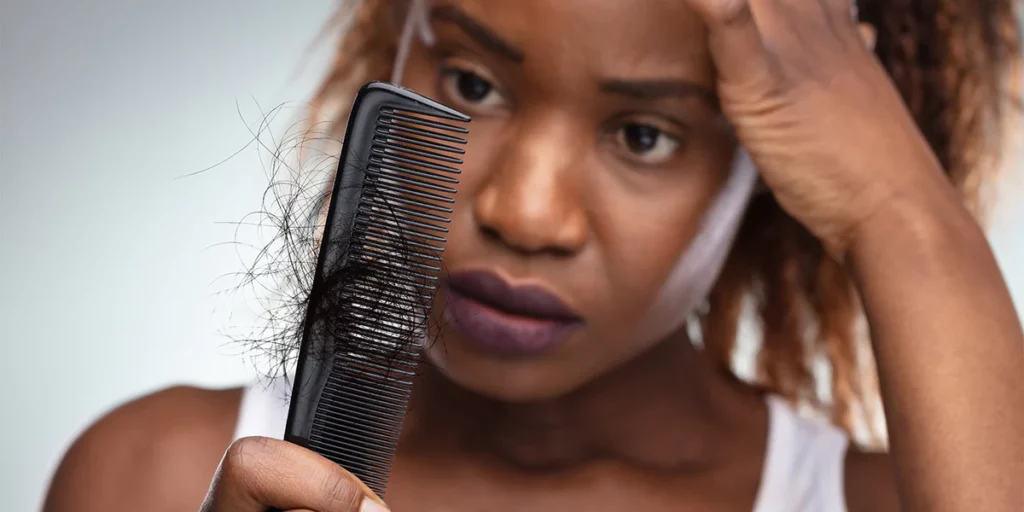
Telogen effluvium, or stress-induced hair loss, can occur as a result of acute stress, both physical such as giving birth or having major surgery, and mental or emotional such as losing your job, a pet, or a loved one. Here, you may notice a temporary delay in hair growth as your body directs its energy towards overcoming the underlying stressor. This means that a significant number of follicles enter the resting phase at the same time, and this period can last anywhere from three to six months.
When your body believes that the coast is clear and that the growth phase can continue, the hairs stuck in the resting phase begin to shed. There is often a three-month gap between the stressful incident and the onset of excessive shedding, during which time you may see handfuls of hair in your brush, shower drain, and pillow.
According to the National Library of Medicine, other stressors that can cause telogen effluvium include high fever, severe infections such as COVID-19, fast weight loss, and discontinuing certain drugs. Additionally, nutritional deficiencies including lack of iron, vitamin D, biotin, and zinc can be the culprit. These nutrients serve important functions in cellular activities that help to regulate the hair growth cycle, so running low on them may disturb these processes, resulting in shedding or thinning.
3. Extremely Tight Hairstyles
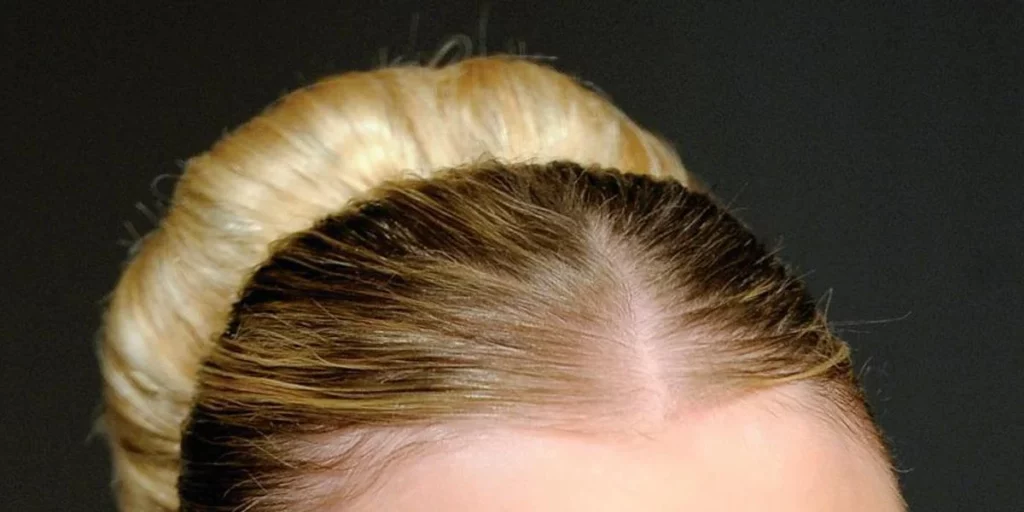
Wearing extremely tight hairstyles on a regular basis might result in traction alopecia—hair loss caused by prolonged strain or tugging on your hair. The AAD defines tension-inducing hairstyles as tightly pulled back buns, ponytails, and up-dos; cornrows or braids; dreadlocks; and hair extensions or weaves.
Moreover, perma-tugging your hair can cause damage and inflammation around the follicles, upsetting the natural development cycle. And what’s the result? Weakened follicles can leading to permanent hair loss.
One of the most typical signs of traction alopecia is thinning hair around the frontal hairline or sides of the head, where strain from hairstyles is most intense. This may appear as a widening of the part or a receding hairline, as well as short, broken hairs in the affected areas. If you choose to use extensions, these symptoms are more likely to appear on the back of your head.
4. Harsh Hair Styling
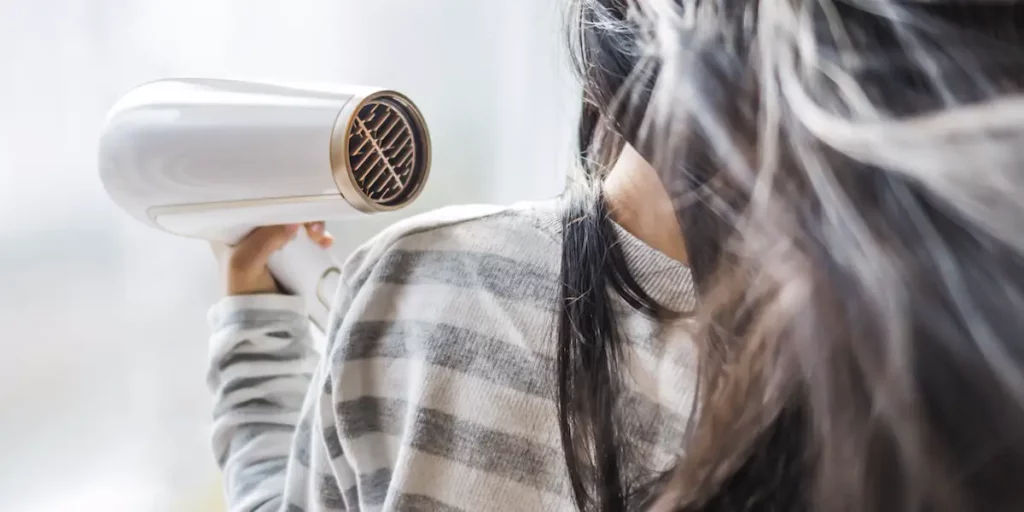
If you use heat styling or chemical treatments on a regular basis, you risk damaging your strands and developing a hair shaft issue known as trichorrhexis nodosa—a condition in which damaged, weak areas in the hair shaft cause strands to break quickly.
Underlying nutritional inadequacies and genetic predispositions may also play a role in trichorrhexis nodosa. According to the NLM, they include anaemia, hypothyroidism (in which your body does not produce enough thyroid hormone on its own), and trichothiodystrophy.
However, any styling routine that involves applying extreme heat and harsh chemicals to your scalp and hair—using curling and flat irons, getting repeated perms, chemical straightening procedures, or relaxing treatments—can damage the follicle and, in the worst-case scenario, cause irreversible hair loss.
Trichorrhexis nodosa often results in a combination of hair loss and texture changes: your hair may appear ragged, with little bead-like nodes along the strands, and feel brittle when touched. You may also see more breaking and shorter, uneven strands. In more severe cases, there may be thinning areas or a decrease in general hair density.
5. Inflamed Hair Folicles
Folliculitis is a skin disorder that occurs when hair follicles become inflamed due to physical irritation when shaving, traction, wigs, or infection (bacterial, fungal), compromising the integrity of the follicles. There are two types of folliculitis: superficial and deep. The former affects only a portion of the hair follicle and will typically heal within a few days, whereas the latter swallows the entire follicle and is more severe and long-lasting.
As the follicle gets inflamed, the surrounding tissues can sustain injury, disrupting the regular hair development cycle. In severe situations, the infection may cause scarring, resulting in permanent hair loss.
The specific sort of folliculitis you suffer will be determined by the underlying cause (friction or infection), but it typically presents as small acne-like bumps or pustules surrounding the affected hair follicles. These may be itchy, tender, or painful, and in some cases form clusters that resemble a rash. You may notice that the surrounding skin becomes irritated, darker, lighter, or redder.
6. Hormonal Imbalance
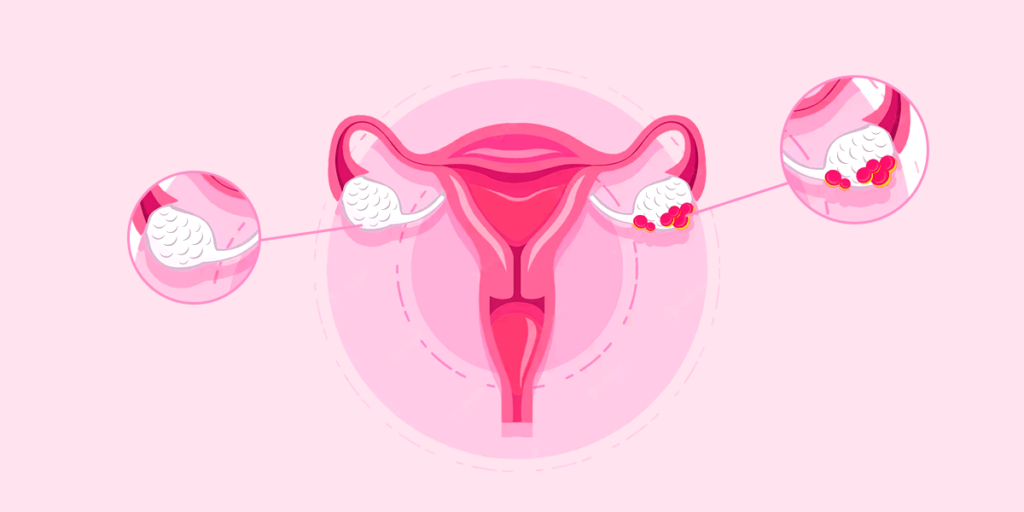
Hormonal changes, especially high and fluctuating androgen levels associated with polycystic ovarian syndrome (PCOS) and perimenopause, can contribute to female hair loss. PCOS is a hormonal condition that disrupts ovulation, resulting in irregular periods and infertility. Unfortunately, thinning hair is another bothersome symptom caused by high testosterone levels, as well as the subsequent hair follicle shrinking.
Here, your hair becomes thinner and more fragile. Hormonal variations during perimenopause (the phase before menopause) can also affect the hair growth cycle. Oestrogen, which promotes hair growth, diminishes, although androgen levels may remain steady. As a result of these oestrogen drops, androgen levels become more prominent, which can develop hair loss.
People with hormonal abnormalities like these usually have hair loss comparable to androgenetic alopecia. You may notice your hair thinning around the top of the head and sides of the scalp, your part becoming wider, and your strands becoming finer and more prone to breaking.
7. Auto Immune Diseases
When you have an autoimmune condition, your immune system effectively turns against you and assaults healthy body tissue by mistake. Doctors have yet to figure out why this occurs (and, of course, the particular causes of any ailment are highly individualised), but one thought is that certain types of infections or medications may produce changes in the body that lead the immune system to malfunction.
One such condition is alopecia areata, in which the immune system mistakenly targets the hair follicle. Another is discoid lupus erythematosus (DLE), which is a kind of lupus that affects the scalp and can cause lifelong hair loss. Hair loss can also be caused by conditions that affect other parts of the body, such as thyroid disease, rheumatoid arthritis, or sickle cell anaemia.
Alopecia areata typically manifests as circular bald spots on the scalp. More severe kinds, such as alopecia totalis, can result in entire scalp hair loss. DLE can cause lesions that are darker, lighter, or red and inflammatory, with scaling and crusty look. According to the American Osteopathic College of Dermatology, the centre of these scaly patches may be lighter in colour, with a darker ring than the surrounding skin.
Our Final Thoughts
Most cases of excessive shedding heal on their own without treatment, usually within six months.
Apart from proper hair care, it is also recommended to take supplements that are rich in hair-growing nutrients such as biotin, folate, and Vitamin B. If your hair does not return to its normal fullness within this time frame, or if you see a widening at your part, bald spots, or thinning along your hairline or crown instead of overall shedding, contact a dermatologist as soon as possible.
An expert can determine what’s going on, whether it’s persistent shedding or complete hair loss. If you experience any additional concerning symptoms such as itching, discomfort, burning, flaking, or discoloured rashes, seek medical attention as soon as possible.

